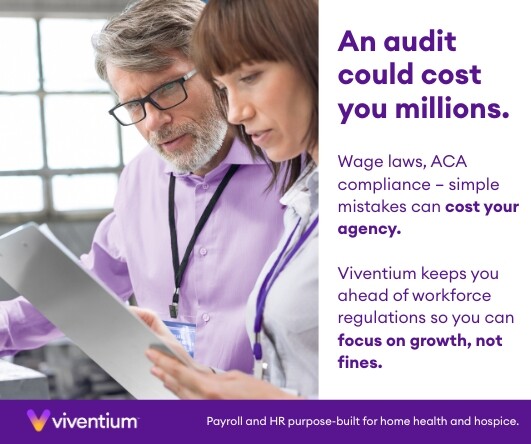by Kristin Rowan, Editor
Last week, MedPAC met for their December meeting to discuss “Assessing payment adequacy and updating payments.” Hospice services and Home health care services were each presented separately to Congress and commissioners are set to review the key indicators and discuss updates to Medicare payment rates for 2024.
The findings presented to Congress gave me whiplash.
Hospice Services
- There is ‘mixed evidence’ on whether hospice reduces Medicare expenditures, but is has important benefits for beneficiaries
- 2021 saw a 6% increase in hospices, mostly in for-profit agencies
- Hospice use rates are down overall, but MedPAC blames the effects of the pandemic on death rates and patterns of care
- Hospice use continues to shift from SNFs to in-home care
- In 2020, 18.6% of hospices exceeded the payment cap
- MedPAC recommends the cap be wage adjusted and reduced by 20%
See the full Hospice Services presentation to Congress here.
Opinion
Of the 18.6% of hospices that exceeded the payment cap in 2020, 17.2% of those were also in the highest bracket of hospice providers with stays longer than 180 days. The payment cap is not enough to cover patients who need hospice care for longer time periods, even though the requirement for hospice care is expected death within 6 months. If hospice is intended to care for a patient for 180 days, shouldn’t the payment cap be equal to 180 days of care? If a hospice provider is caring for a patient for longer, shouldn’t they get paid more?
MedPAC is convinced that lowering the cap would only impact those hospice providers who have the longest stays. However, if those hospices can no longer provide care because the payment cap has been reached, it will fall to other providers to continue care, stretching the already overworked hospice nurses even thinner.
Home Health Care Services
- The Bipartisan Budget Act (BBA) of 2018 prompted CMS to implement PDGM and required MedPAC to review PDGM in its first year of operation
- BBA 2018 changes must be budget neutral
- CMS issued a $2 billion one-time reduction for overages and a 3.925 percent permanent reduction
- The decline in the number of Home Health Agencies continues
- The number of FFS beneficiaries declined, but the per capita use of HHS increased
- The median Medicare margin (profit) for efficient providers is 28.4 percent, but only 14% of HHAs met cost and quality criteria
- The median Medicare margin indicates Medicare payments are too high
Opinion
This makes about as much sense as the new phenomenon “dog math.” 14% of all Home Health Care agencies are considered efficient. On average, those who are efficient have a 28% Medicare profit margin. Among 133 industries reporting gross profit margins across the U.S., a 28% profit margin puts Home Care Agencies at number 104 out of 133, much lower than the average or median profit margins of every other industry.1 The all-payer margin is about 12%, making them the second least profitable industry in the U.S., coming in only slightly higher than auto manufacturers. The smallest HHAs have a profit margin just under 6%. MedPAC’s stance seems to be that if an HHA is making enough money to barely survive, they are making too much money.
See the full Home Health Care Agency presentation to Congress here.
©2023 by Rowan Consulting Associates, Inc., Colorado Springs, CO. All rights reserved. This article originally appeared in Home Care Technology: The Rowan Report. homecaretechreport.com One copy may be printed for personal use; further reproduction by permission only. editor@homecaretechreport.com



